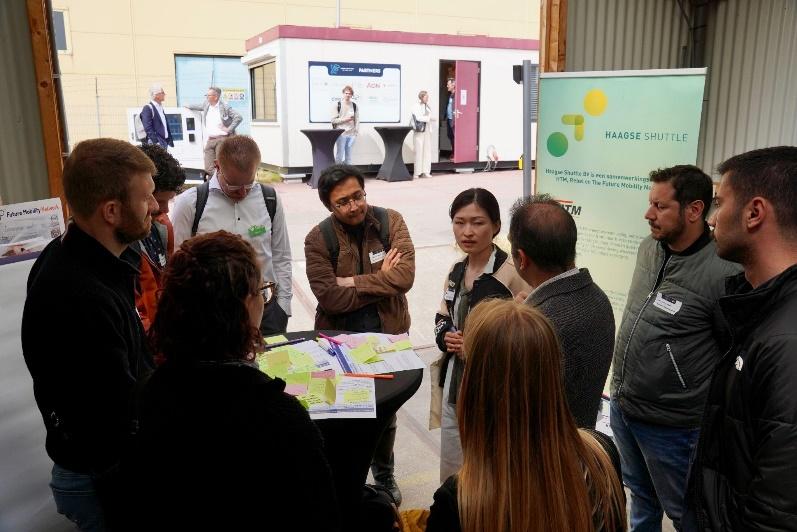Author: Yuxing Cheng
On Wednesday, May 21, 2025, XCARCITY hosted its post-design session at the UPSTREAM Festival, in collaboration with Future Mobility Network.
The day began with an opening session hosted by Joop Veenis. During the first session, presentations and demos showcased the latest innovations in intelligent road safety and traffic management at Future Mobility Park. The CrashGuard project—developed in collaboration with RWS, V-Tron, Swarco, ATOS, and KPN—demonstrated how secure V2V communication can significantly enhance safety around roadworks. Dahua unveiled its AI-powered traffic cameras capable of detecting incidents in real time. Rudozi introduced its retrofit safety kits for buses and trucks. CROW highlighted its smart pedestrian crossings equipped with adaptive tactile signals. Additionally, students from De Haagse Hogeschool Zoetermeer presented their innovative solutions from this year’s DIP Challenge.
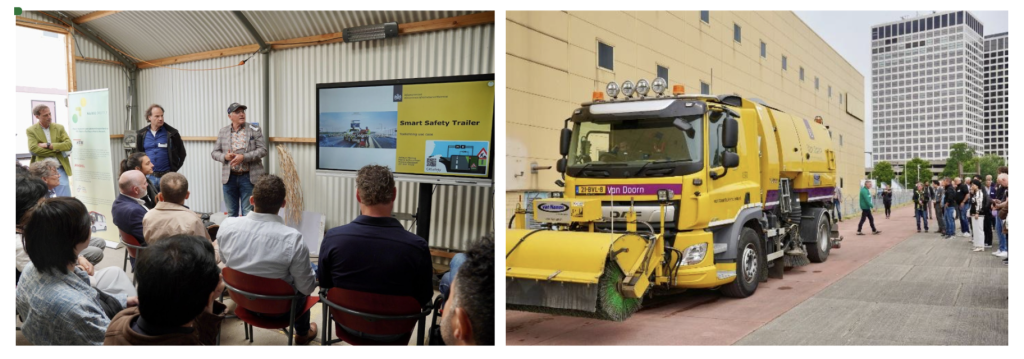
Figure 1: Introductory Session of the Smart Safety Trailer
XCARCITY hosted the second interactive session, which focused on the low-car city design showcase for Almere Pampus and Amsterdam Zuidas. Following an insightful keynote by Dr. Arjan van Binsbergen, a round-table discussion invited participants to draw on their professional expertise and personal travel experiences to address challenges in shared mobility concepts and mixed-traffic flow management. Many of the comments echoed concerns previously discussed in XCARCITY consortium meetings and workshops.
In the Almere case, many participants highlighted the walking distance involved in “last-mile” travel. The concept of “hop-on hop-off” public transport emerged as a promising solution—offering a way to ease last-mile travel without relying on private cars, while still meeting residents’ expectations for accessibility and affordability.
In the Zuidas case, the discussion centered on the dynamic redesign of infrastructure and the management of interactions among multimodal traffic flows. Tidal car lanes were debated, with some road users pointing out the inefficiency of empty tidal bus lanes during peak hours. Proposed solutions included time-of-day congestion charges, low-emission access zones, and smart signage to reroute traffic based on real-time demand—interventions aimed at enhancing the efficiency and appeal of a truly low-car district.
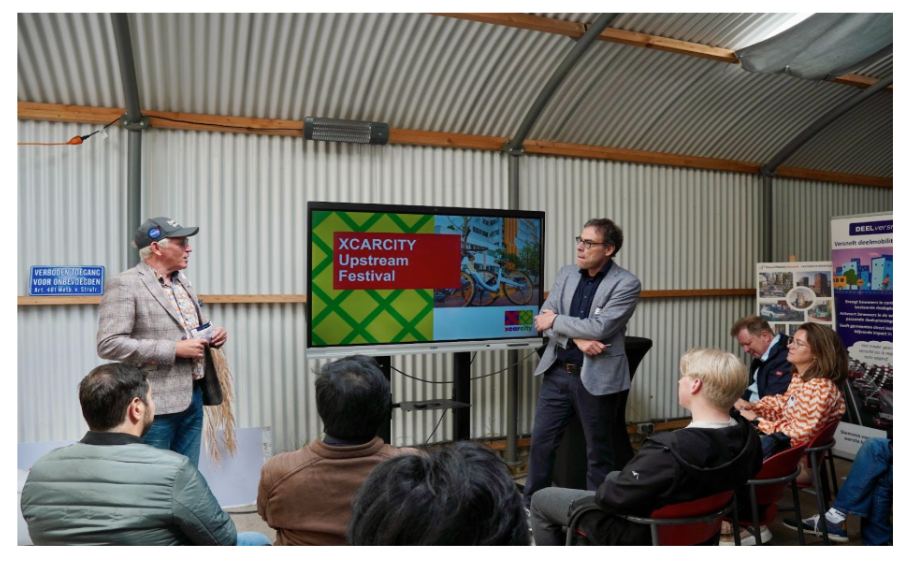
Figure 2: Dr. Arjan van Binsbergen Introducing the XCARCITY Programme
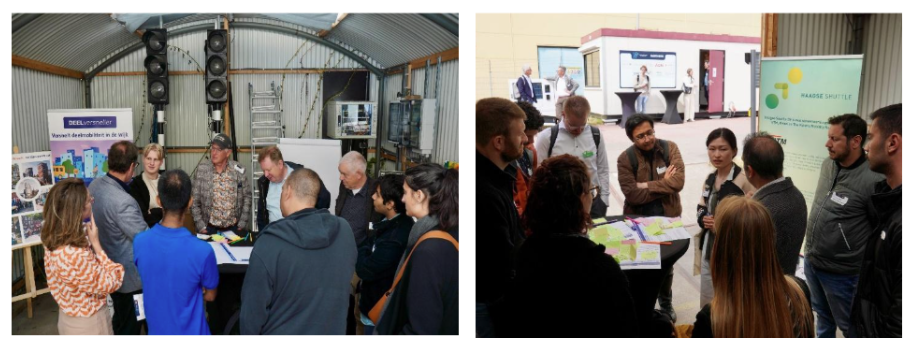
Figure 3: XCARCITY Interactive Session
The day was a great success, with valuable insights shared across organizations. The XCARCITY team looks forward to applying these insights across various use cases.
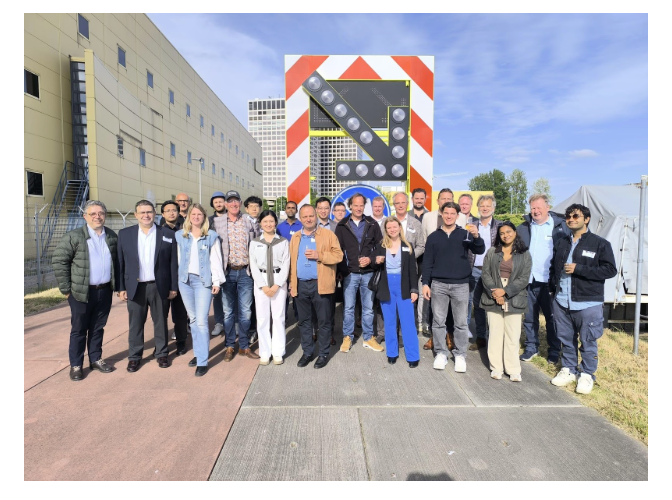
Figure 4: Group Picture
